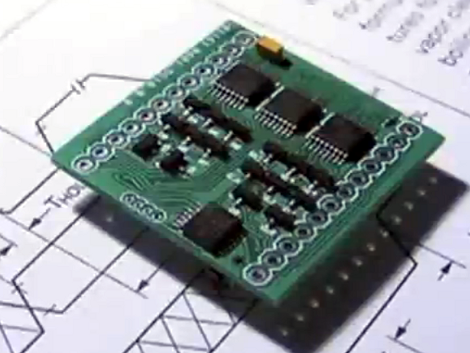
[Samimy’s] latest project is a little strange, but one man’s weird is another man’s wonderful so we’re not about to start criticizing his work. Nope, we’re here to praise the fact that his rotary phone turned reading light and audio amp is very well constructed.
He started by removing the phone housing. Those old enough to have used one of these devices will remember their bulk, and there’s a lot of unused space in both the handset and body housing. [Samimy] started by removing the speaker and microphone from the handset, and drilling a ring of holes to receive white LEDs. The circuit was wired so that lifting the handset turns on the lights.
But he didn’t stop there. A set of speakers and the audio amplifier circuitry from an old tape deck are also hiding inside the base of the phone. If you look closely in the image above you can see that he’s connected his cellphone and is listening to some tunes through the antique hardware. Take a gander at the video after the break to see construction and use of the project.
Continue reading “Rotary Phone-light-amp Could Be Filed Under Bizarre”
















